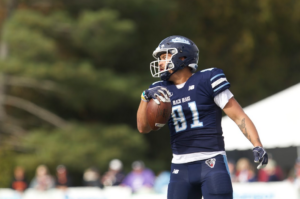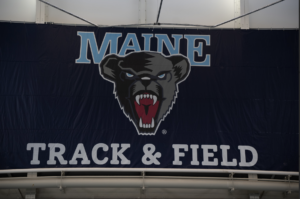On Nov. 6, 1995, Cleveland Browns’ owner Art Modell announced what sports fans today call “The Move” in front of Baltimore’s Camden Yards. It was the defining moment of his life as a team owner and a world-shattering moment for the sports community of Cleveland, who would mourn the loss of, at the time, their only successful franchise, which had been there for 49 years.
The last game for the Browns in Cleveland was, according to NBC sports reporter Jim Gray,“not a pretty sight.” In 1995 Cleveland, just a week before Christmas, the Browns’ players came out hoping to show their fan base that the Browns would be forever be their team, and played their hearts out one last time in front of their fans. Sadly though, the crowd looked as if they’d come for a funeral, and by the end of the game they were ripping out rows of seats and throwing them onto the field.
Why the Move?
Life for the Cleveland Browns was hard because of the sorry state of the Cleveland Stadium, which had been the home of the Browns since 1946. The stadium lacked the new renovations necessary to generate revenue, and, in the eyes of Art Modell, it had become a financial burden to the franchise as well as an embarrassment. Two other Cleveland teams, the Indians and the Cavaliers had been offered new homes, but not the Browns.
“I should have made my demands known at that time. Then we wouldn’t be here now … Had they even mumbled the word ‘new stadium’ I would have said, ‘Let’s talk,’” Modell said regarding the gateway plans where potentials for new stadiums were discussed.
In Baltimore, the city’s former NFL team, the Baltimore Colts, had left in the middle of the night a decade prior. In their wake was a shiny new stadium with promises of better revenue. Even with renovations on the stadium approved and a lawsuit against Modell, the move went ahead as planned.
The Repercussions
Fans were outraged. Some of the signs they held included colorful statements such as, “Benedict Art,” “Judas,” “No Fan Loyalty,” “Heartless Modell” and “Art Modell go to hell.”
Although the lawsuit didn’t stop the move, Modell did have to make concessions. First came a replacement franchise to also be called the Browns, slated to arrive by 1999, hence the Browns that moved taking on the name of the Ravens. Modell also ended up paying the city $12 million.
Another result of the move was the Art Modell law passed by the state of Ohio. This law stated that any team in Ohio that plays most of its games in a tax-supported stadium or receives financial assistance from Ohio or any of its subdivisions cannot move unless they enter into an agreement with the political subdivision where the stadium is located, or give notice more than six months in advance. The second option would allow for the political subdivision to buy out the owner of the team before they leave, allowing them to stay. This law played an important part in saving the Columbus Crew, an Ohio soccer team.
In 2012 when Modell died at the age of 87, moments of silence were held in stadiums all over the country — except for in Cleveland. There were also major objections from Cleveland when Art Modell was voted into the Pro-Football Hall of Fame in 2013. During an interview in 2004 Modell admitted to not wanting to move but having no choice, “If I didn’t move my team to Baltimore, my family would’ve gone to bankruptcy. I had to. I couldn’t afford it. You declare bankruptcy in the NFL, and it’s an automatic revocation of your license. They strip you of your ballclub.”
Now more than 20 years down the road, the Baltimore Ravens have won two Super Bowls, while the Browns have had just two winning seasons since being re-established in 1999.







